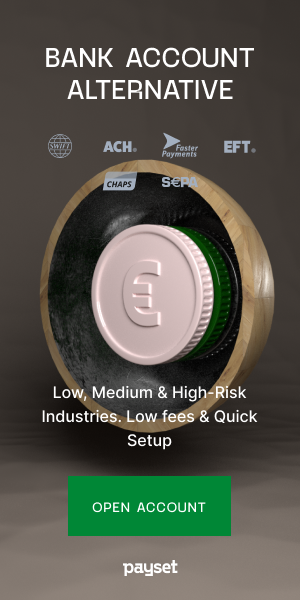The number of available blockchain platforms is on the rise, and this has led to intense competition between a vast array of platforms with distinctive core features. However, some blockchains, such as Polkadot, have taken on the task of uniting the others. In addition to providing blockchain interoperability, it will also improve scalability and consensus-based security.
History
Polkadot was created by Dr. Gavin Wood of Parity Technologies and a team of thirty developers. Gavin Wood originally served as the co-founder of Ethereum, and Parity Technologies previously has created various tools for Ethereum such as wallets and VM implementations.
Although Parity is not aligned with Ethereum in any official capacity, Polkadot will be applied to Ethereum and many other platforms. Polkadot has also formed alliances with a number of significant platforms, including ZCash, Waves, and OmiseGo.
Market Value
Polkadot's ICO ran throughout October 2017 and sold $145 million worth of DOT tokens. 10 million DOT tokens exist: 50% of these tokens were allocated to the token auction, and another 20% were allocated to "further pre-launch distributions." The remaining tokens have been allocated to the Web3 Foundation, which commissioned Parity to create the Polkadot network.
Features
Scalability
Polkadot serves a number of functions. For one, it promises to improve blockchain scalability, meaning that it will allow transactions to be processed more efficiently. Instead of using standard blockchain nodes, which execute transactions in sequence, Polkadot will use several parallel chains (or "parachains") to make the transaction process lighter and faster.
Consensus
In addition to improving scalability, Polkadot is also attempting to reform consensus methods and reduce the amount of competition needed to verify transactions. Each blockchain platform, such as Bitcoin or Ethereum, relies on its own devoted network to provide consensus, which in turn provides security.
By contrast, Polkadot will rely on pooled consensus and security that is shared between each of its many chains. Since Polkadot runs more than one chain, each of those chains will be able to make use of the total amount of security provided by the entire Polkadot network.
Interoperability
Finally, Polkadot is attempting to reduce the isolation of various blockchains by introducing interoperability. In general, blockchains cannot interact with each other, and dApps are often limited to a single platform. Through the use of relay chains and bridges, Polkadot will allow blockchain applications, transactions, and assets to interact with blockchains that do not natively support them.
Use Cases
Like most modern blockchains, Polkadot can be used to develop applications. Polkadot's major strength is its ability to connect various types of blockchain systems, whether those systems are public chains, private chains, or even oracles.
Polkadot's lightpaper offers a handful of applications that Polkadot can handle. One application is a weather oracle that insurance providers could use to verify damage reports. Another application is a blockchain app that authenticates customers and investors through their private bank. A third application uses Polkadot to transfer Bitcoin privately on a Zcash parachain.
These applications are prospective, as Polkadot is not yet an active blockchain. Polkadot's proof of concept launch will take place in 2019. Until then, the platform will gradually implement its core components according to the project's roadmap. A testnet is also currently available.


